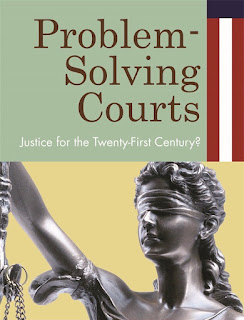Lessons from Greenlight

The latest issue of the National Institute of Justice Journal contains another look at Project Greenlight by James A. Wilson and Christine Zozula.
For those who don't recall, Greenlight was an effort to produce better outcomes among those leaving prison in New York by providing specialized programming in the months immediately preceding release to the community. An initial evaluation, which tracked participants for 12 months post-release, found that Greenlight actually increased re-arrests. Full credit to our friends at the Vera Institute of Justice, which helped to conceive and implement Project Greenlight: they have been remarkably forthright about these results and have sought to help the field learn from their experience.
Wilson and Zozula return to Greenlight, re-assessing the project's impact over a longer period of study (30 months v. 12 months) and looking at the results through the lens of risk. In particular, they sought to tease out whether Greenlight might have had different impacts depending upon the level of risk posed by participating offenders. They found that Greenlight participants still performed worse than the comparison group at 30 months, regardless of the risk level. Somewhat counter-intuitively, they also found that Greenlight performed best with low-risk offenders, despite the fact that, in general, intensive correctional programming seems to work best with medium- and high-risk offenders.
Kudos to NIJ for another interesting issue of NIJ Journal.

